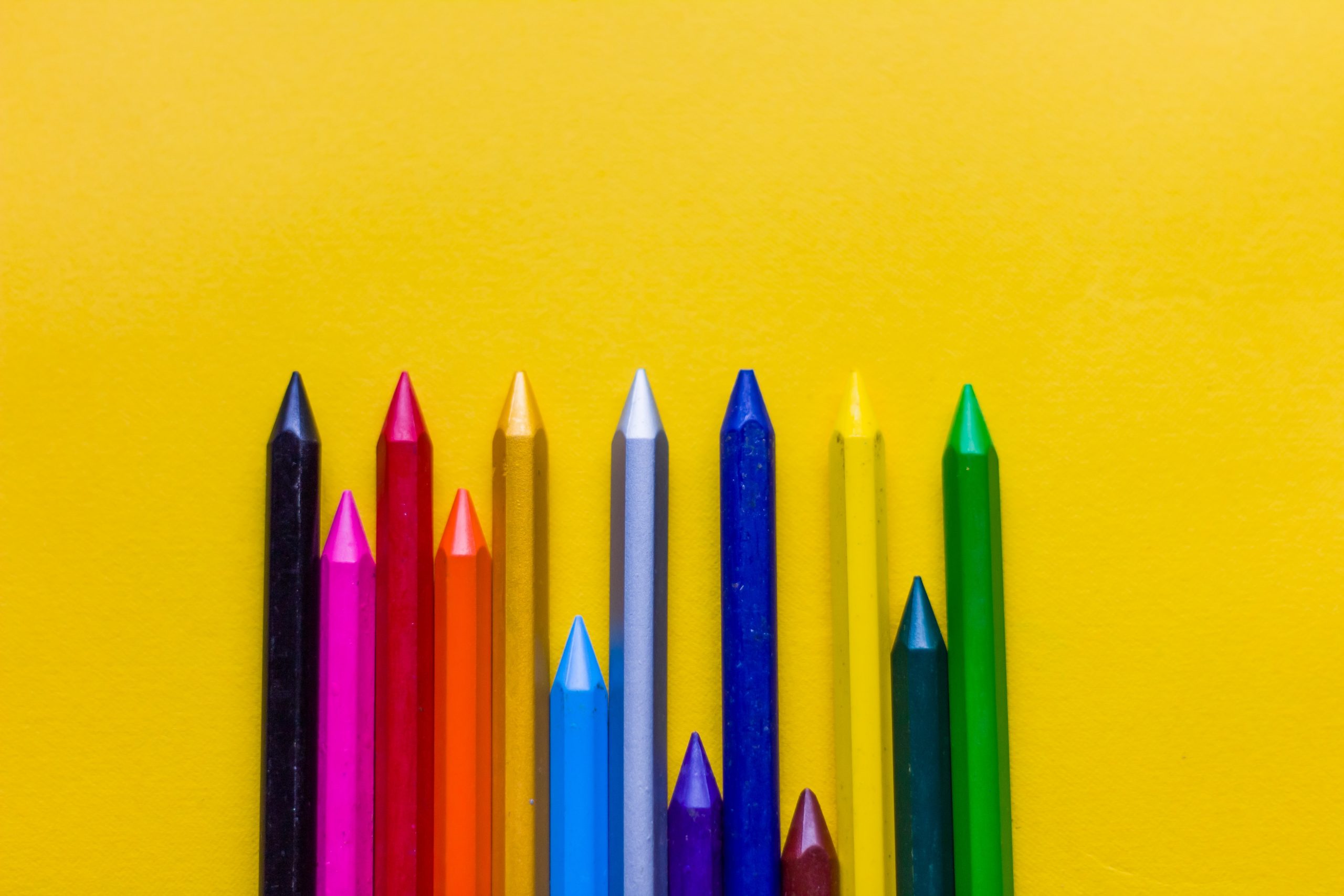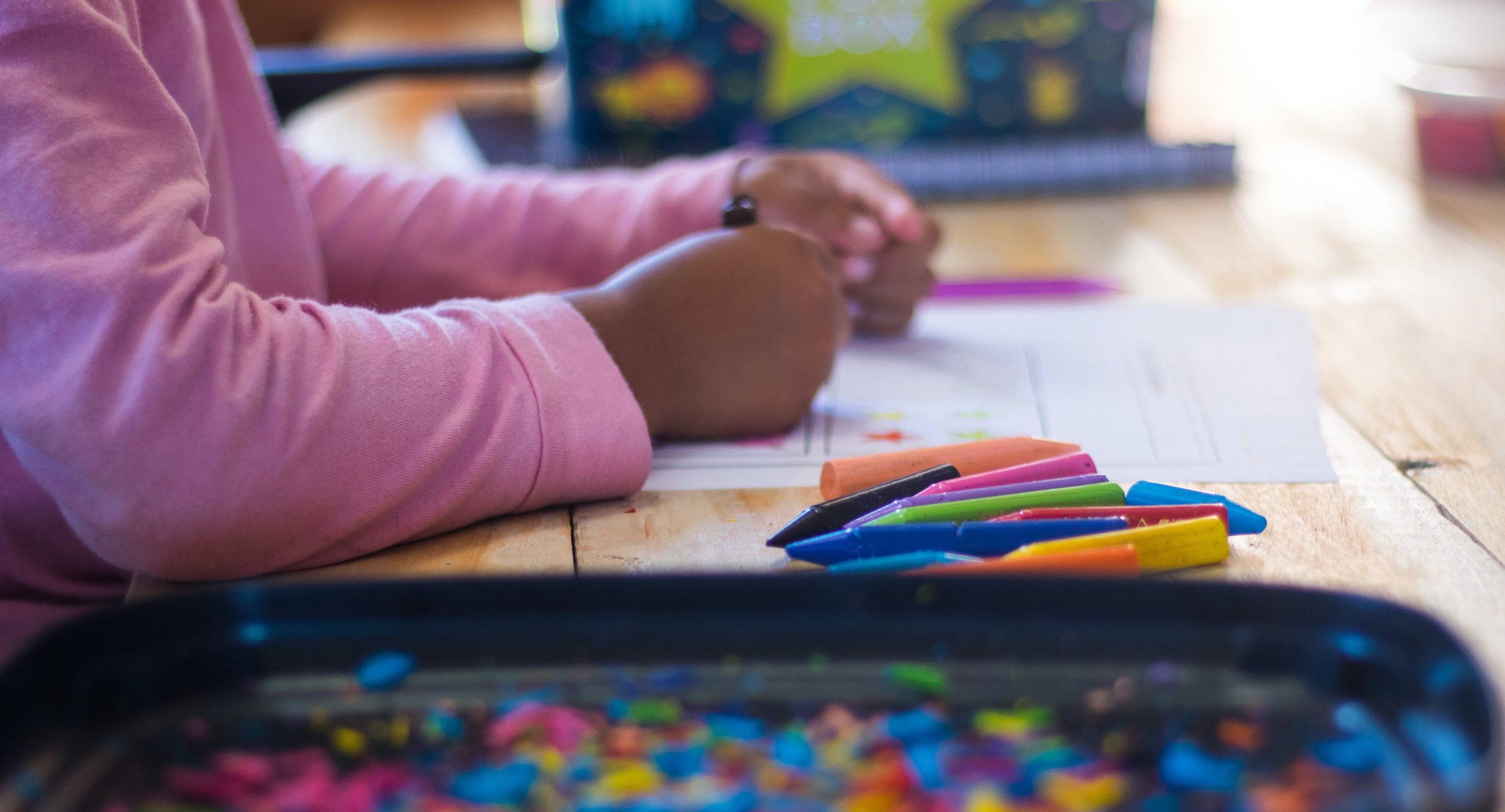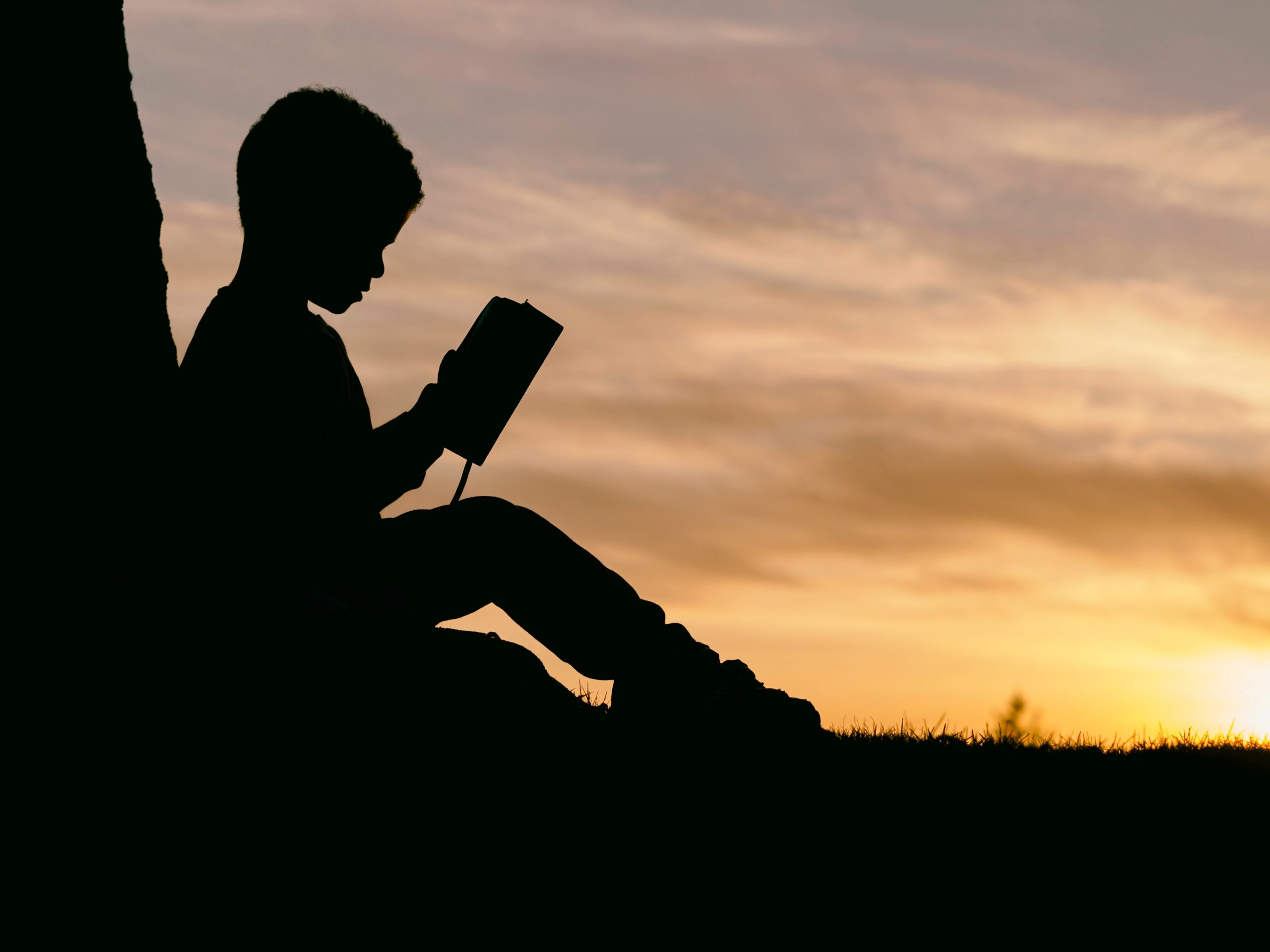#Life
Quran Journaling For Kids
Published

“Nun, And By The Pens That Write” [Surah Al-Qalam: 1]
—-
With Ramadan at our doorsteps, I want to share an activity that I introduced to my kids when my eldest was around six years old. Almost a decade ago, I started the tradition of “A juz a day” with my children in Ramadan. Some years we would cover a brief summary of the juz, while other years we would either pick out certain stories from the juz, or highlight a good etiquette or quality that was addressed in the juz. Some days I would incorporate an art and craft activity to go with it, but other times I wouldn’t. When you are fasting and low on energy while taking care of kids, you want to keep things simple, so most of the time I would ask my kids to write out an ayah of their choice from the juz with its meaning, and decorate it with drawn out pictures, stickers and washi tape.

Keep supporting MuslimMatters for the sake of Allah
Alhamdulillah, we're at over 850 supporters. Help us get to 900 supporters this month. All it takes is a small gift from a reader like you to keep us going, for just $2 / month.
The Prophet (SAW) has taught us the best of deeds are those that done consistently, even if they are small. Click here to support MuslimMatters with a monthly donation of $2 per month. Set it and collect blessings from Allah (swt) for the khayr you're supporting without thinking about it.
Over the years our Quran journaling journey evolved. Every Ramadan the kids and I would promise each other to continue with it outside of Ramadan, but that never happened. It became our Ramadan tradition. Now, however, most of my kids and I keep Quran journaling books, and last year I even offered a segment of it to my Ramadan course students – it was a hit!
The Benefits of Quran Journaling:
- It connects us to the ayah. We all know how writing out the ayahs from the Quran is an effective form of memorizing the Quran. When you recite or listen to an ayah you use your faculty of hearing and exercise your vocals. Add in writing, and more of your senses and brain power are involved in the process. The ayah becomes imprinted in your memory better. Even today, teachers in some madrasas around the world, especially in North Africa, employ the method of writing out ayahs on a black slate using chalk.
- Brings immense reward. Anytime I write out an ayah, I am reminded of Zaid ibn Thaabit
, the scribe of the Prophet Muhammad
, and Shaykh Uthman Thaha who wrote the calligraphic script in the Madinah mushaf, and the reward that these scribes keep scoring. It is indeed a humbling feeling.
- It’s a wonderful use of your markers, washi tapes, and stickers! Ahh…all those good things! Now, you don’t have to feel guilty when you splurge and see that washi tape that you must have (especially those Islamic-themed ones!)
- An activity that people of all ages can enjoy together. It’s a family bonding experience too. Especially in Ramadan, that time between Dhuhr and ‘Asr when everyone is starting to feel a little drained, we all sit together and do some Quran journaling. My teens and my little ones equally enjoy this together (my youngest one does “Names of Allah” journaling).
- Writing is therapeutic and even a form of self care. So what better writing to do than powerful ayaat from the Glorious Quran? “O mankind, there has to come to you instruction from your Lord and healing for what is in the breasts and guidance and mercy for the believers.” [Surah Yunus: 57]
- Evokes warm and beneficial memories. Even years later, sometimes one of my kids will remember an ayah and its tafseer and her/his reflections on it, and that’s truly a heart warming feeling alhamdulillah.
- It helps with tadabbur (reflections). With your creative juices flowing, there is more room for reflection. That leads to more discussions, and we all benefit from each other more. It softens our hearts. Indeed, if one were to write the ayahs from the Quran, and the benefit of it did not transcend beyond your fingertips, the effort would be futile.
- It helps strengthen motor and cognitive skills. Especially when it comes to younger children; all while remembering Allah
- Invites reconnection. Unlike regular note-taking of lectures and classes you attend, your Quran journal will be more appealing to revisit.
- Encourages mindfulness. In a world of chaos and many of us going through anxiety, Quran journaling can be that anchor that helps us be more intentional and mindful; bringing us peace and calm from within.
“Those who believe and whose hearts find comfort in the remembrance of Allah. Surely in the remembrance of Allah do hearts find comfort” [Surah Ar-Ra’d:28]
How to Get Started
- Pick an ayah you want to do, and read it a few times.
- Read its translation, and because there are so many translations out there, read a few. Quran.com has multiple translations. I like Sahih International and the Clear Quran.
- Reflect and connect. Allah’s
words are for your delightful and heart-softening reflection. Sometimes, I also read the tafseer. My favorite ayahs to journal are the ones that talk about our relationship with Our creator. Dua’s of the Prophets are my next favorite. In my upcoming Ramadan Program for children, this is what we will be doing.
- Journal away!
The Different Styles of Quran Journaling
Now, what are the different ways of Quran journaling? To be honest, I always go for free-style journaling. And you can too! There really are no rules to this. Based on organization, audience, and style, here is an attempt at categorizing the different ways of Quran journaling. There will be overlaps between them, and that’s okay:
- Free- style: As mentioned, this is how I roll…your own style and no rules; your colors, your ayahs of choice, and your reflections – just have a fun time. You do what suits your mood. This is best for personal reflections.
- Class-based Quran Journaling: If you are leading a Quran journaling session, while you may still employ free-style, you will notice that some of the students will prefer some instructions and guidelines. Some students, whether adults or children, will also appreciate a template. Students can be asked to purchase a few fancy washi tapes and stickers, but you may also provide print outs.You choose an ayah that your students are working on, whether in their hifz or tafseer. Recite or listen to a recitation of the ayah, or invite one of the students to recite. Read its translation together. Briefly go over the context and explanation of the ayah. Invite everyone to share reflections. Journal/write these down. Also, have a section where you list out “Action Items”/ “How can I apply this ayah in my life”. You can ask students to draw out things that are related to the ayah or have print out images or stickers of the same.I always prefer to write out the ayah and have my children/ students write out the ayahs, but you may offer a print out also.
- Tafseer- based Quran Journaling: This style is very similar to the previous one, but the emphasis is more on the tafseer rather than on the reflections. The purpose of the Quran is reflection and learning. Both learning and reflection should lead us to implementation of the Quranic message.Tafseer-based journaling can be thematic, where you are learning about a topic, and journal about ayaat related to the topic. For example, if you are learning about the “Rahmah of Allah
”, you find ayahs related from the Quran. Mention them, and you may include hadith also. You may write out your personal takeaways and anecdotes even. This method can also be a chronological study of a Surah. You do not journal about each and every ayah in the Surah. Choose a few that speak the loudest to you, or have an impact on you. You can also choose the ones you wish to connect with, at a deeper level. There have been times when I have a hard time understanding or connecting or accepting certain ayahs. Journaling about it helps me melt away the ice around it, and soften my heart.
- Story- based Quran Journaling: This is a very kid-friendly style. Kids connect to stories more than anything. Kids will love drawing out the well, the wolf, the wagon, and the other components from the story.
Tools and Aesthetics used in Quran Journaling
- A journal- you can use a journal with lined papers or unlined. They also have the dotted-paged journal which is my favorite.
- Markers and colored pencils
- Washi tape (optional)
- Stickers (optional)
- Printouts of images (optional, but I also try to make sure I am printing out the free ones especially if I am using them with my students)
- Glue and scissors
Some of the shapes you can draw out in your journal to make some notes special are:
- hearts, stars, rectangles, clouds, hands making dua’, etc.
- your journaling can be bulleted or not, according to your preference.
- color- coding: I try to keep my pages to a maximum of 3 colors, but I know my daughter loves to make her pages multi-colored, and they look cute too.
In conclusion, I would like to add that we do not go overboard and do israaf. Quran journaling does not require too many supplies. Use what you have (with an occasional purchase of some cute stuff!). The main intention is to connect with the words of Allah 
Recently, I saw a discussion online where people were discussing whether Quran journaling is allowed or not. As a general rule, everything is allowed/halal unless there is evidence to prohibit it. Since there is nothing to forbid this creative art where you learn, connect, and reflect upon the words of Allah 
There are many instagrammers who share very beautiful work of their Quran journaling, and you will be able to benefit from their ideas. However, this should not be a cause to overwhelm and intimidate. Your journal is yours alone, and there is no scale to measure the fanciness! Which is not the intention at all! Happy Quran journaling!
And Allah 
Related reading:
MuslimKidsMatter – Focusing on YOU this Ramadan!
Keep supporting MuslimMatters for the sake of Allah
Alhamdulillah, we're at over 850 supporters. Help us get to 900 supporters this month. All it takes is a small gift from a reader like you to keep us going, for just $2 / month.
The Prophet (SAW) has taught us the best of deeds are those that done consistently, even if they are small. Click here to support MuslimMatters with a monthly donation of $2 per month. Set it and collect blessings from Allah (swt) for the khayr you're supporting without thinking about it.
Fathimah Zainulabideen, founder of Ilm Street, offers Islamic courses for children, incorporating creativity and critical thinking, is also a homeschooling mother of 4 children plus a newborn. She has worked with children for over 15 years and speaks at halaqaat for women. She is a student of Quran, Alhamdulillah, and has ijaza in the 10 variant readings of the Quran with Critical Loyalty. In her spare time, she enjoys doing canvas paintings and re-doing furniture to create unique pieces. She loves traveling and going on road trips and someday dreams of taking her students on tours teaching science and Islamic history, and connecting them to Allah SWT and the Quran. You can follow her on @ilmstreet on Instagram.


Faith, Identity, And Resistance Among Black Muslim Students

Moonshot [Part 12] – November Evans

From The Prophets To Karbala: The Timeless Lessons Of Ashura For Muslims Today

Moonshot [Part 11] – The Fig Factory

Nationalism And Its Kurdish Discontents [Part II of II]: Kurds And Turkiye After Ottoman Rule

Moonshot [Part 11] – The Fig Factory

Moonshot [Part 12] – November Evans

Moonshot [Part 10] – The Marco Polo

Moonshot [Part 9] – A Religion For Real Life

Nationalism And Its Kurdish Discontents [Part II of II]: Kurds And Turkiye After Ottoman Rule

[Dhul Hijjah Series] Calling Upon the Divine: The Art of Du’a (Part 1)

IOK Ramadan 2025: Four Steps | Sh Zaid Khan

IOK Ramadan 2025: Do Your Best | Sh Zaid Khan

IOK Ramadan 2025: Giving Preference to Others | Sh Zaid Khan

 , the scribe of the Prophet Muhammad
, the scribe of the Prophet Muhammad  , and
, and 





Khadeeja Raeda
March 12, 2022 at 8:33 AM
MashaAllah! 💜 Wonderful and practical tips! May Allah allow us and our children to grow close to His words!
romina Afghan
March 12, 2022 at 12:06 PM
Jazaakillaahu kahir for all the inspiration! Has some lovely ideas that can include the whole family! Thank you so much for sharing ❤️
Hajer Zakiyyah Zain
March 12, 2022 at 12:31 PM
JazakAllah khayr… Truly inspiring, MashAllah…